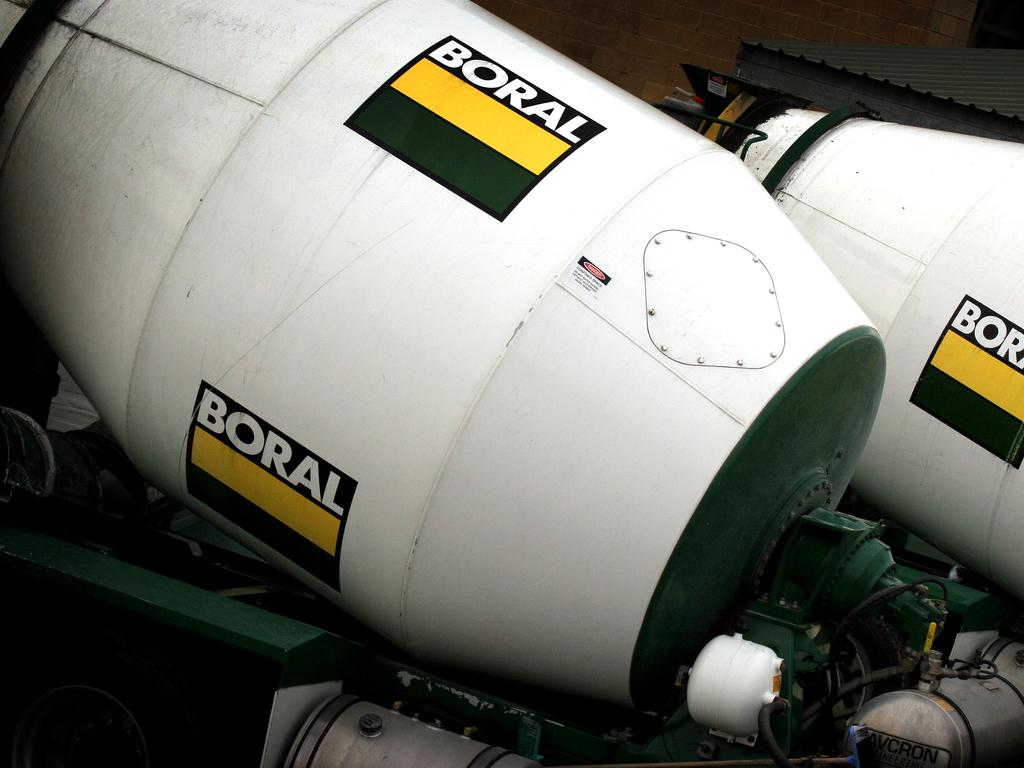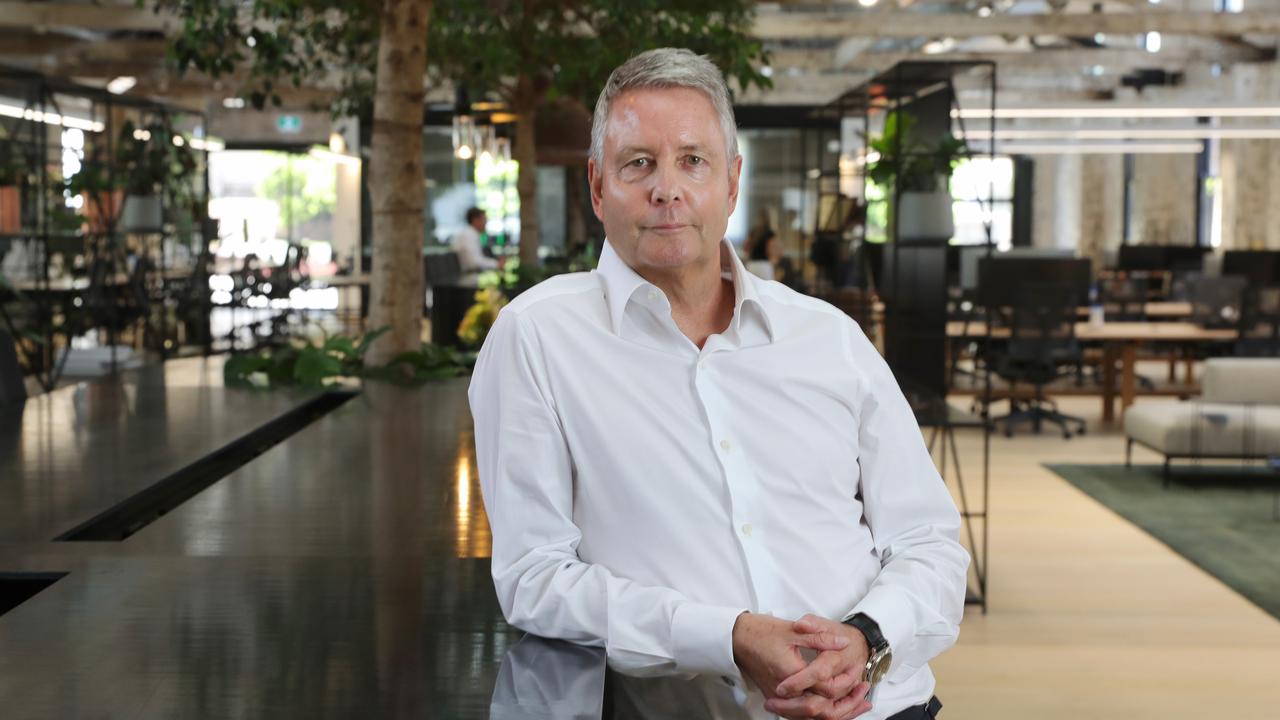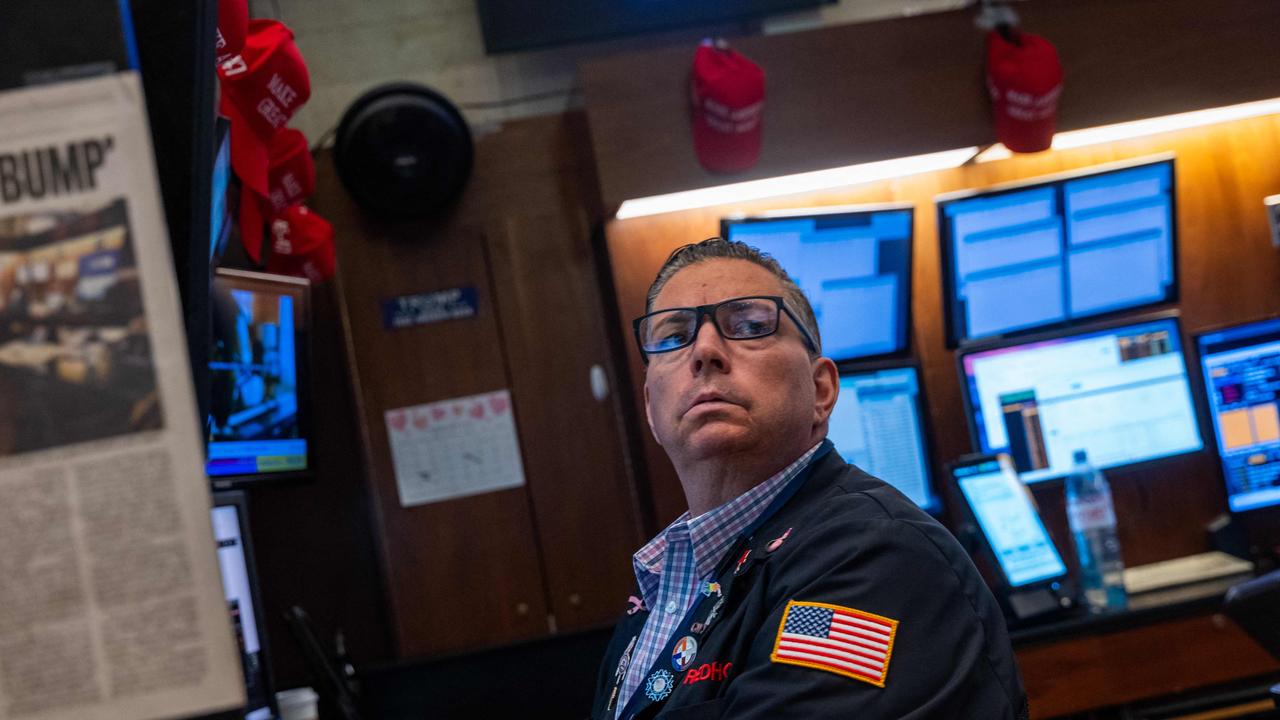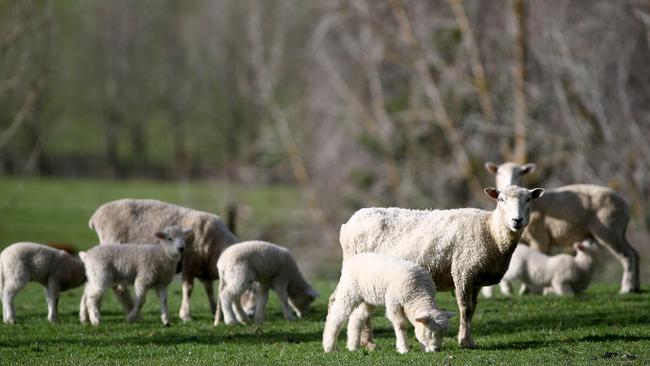
Carbon Market Institute boss John Connor says it is Australia’s dirty little secret, being that there is a viable carbon market setting prices already in Australia, but the Clean Energy Regulator wants to turbocharge the market.
At this point there is evidence of some conflict, with the regulator talking about a market being ready by mid 2023 and the carbon club operating like one has existed since 2012.
Australian companies such as Woodside talk of having to offset 1.5 million tonnes of carbon for its new projects.
The market is operating on “an over-the-counter” basis but the regulator is talking on a grander scale about a more formal mechanism.
The market today is split between what is called the compliance market, which is the companies required to buy credits because they have crossed their allowed limits, and the voluntary market.
The compliance market is small, which reflects the fact that the safeguard limits are ridiculously soft.
In the 2020 financial year, 88,325 Australian Carbon Credit Units were traded – an increase on the previous year, but when Australia is emitting over half a billion tonnes per year.
The Australian market in total is about 20 million tonnes, worth about $320m.
Australian emissions work out at about 21 tonnes per head, about one third being energy and another 30 per cent split between farming and transport, which compares with New Zealand at 16 tonnes and China and India at about four tonnes.
Fifty per cent of New Zealand emissions come from farming.
The New Australian Carbon Exchange will, according to the regulator, “support industry by increasing market transparency including pricing, slashing transaction costs and reducing red tape, while accelerating a reduction in emissions and providing a boost to Australia’s economic recovery”.
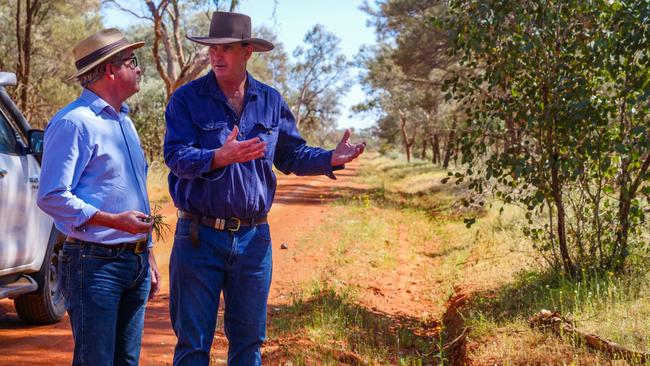
The aim is to “accelerate the emergence of an exchange traded market for emissions offsets” – in effect, an Australian carbon exchange.
The exchange will make the trading of ACCUs simpler, supporting the rapidly increasing voluntary demand from the corporate sector.
CER boss David Parker has issued calls for expressions of interest in establishing a carbon registry and exchange, which were due on Friday but this deadline has now been extended until the end of next week – or, to be more precise, next Sunday afternoon.
It is early days yet, with the next step being a shortlist which will be drawn up by August. The successful final bidders will be told in March 2022.
The actual market structure will not be operating until the middle of 2023 as the Australian Carbon Exchange.
The process is thorough.
The tender has attracted strong interest from around the world, with 160 expressions of interest from both established players like the ASX and ChiX, along with relative newcomers like FEX and CBL markets.
The Emissions Reduction Fund issues carbon credits which are traded on both the over-the-counter market and in the official market in Australia, but as global interest increases the demand for a more transparent market has increased.
It also comes as global activity takes place, with the Singapore Exchange in the process of establishing a market in Singapore, and New Zealand also active.
The Singapore market is backed by Standard Chartered and DBS.
The two big Chicago clearing houses are stepping up to the plate, with the Chicago Options Exchange soon to control ChiX in Australia, and FEX tied up with the Chicago Board of Trade.
The existence of two big clearing houses presents meaningful competition for the ASX, which is keen to extend its reach into the carbon market.
CER’s Parker had intended to find a preferred operator, with the idea of establishing a bigger market in 18 months.
This comes as the federal government is under fire for refusing to commit to a formal date by which Australia will achieve net-zero emissions.
While the politicians play games, the market is proceeding apace, as evidenced by the CER’s own moves to revamp existing market volumes.
CBL’s Ben Stuart, who operates a global carbon market in the US, notes that in the first five months of this year, 36 million tonnes of carbon were traded on his exchange, up from 30 million tonnes for all of 2020.
The market is comprised of big emitters like the airlines buying credits from the likes of carbon farmers and renewable energy companies.
Energy Minister Angus Taylor is looking at rules to establish more carbon credits in Australia to fast forward the development of more carbon units to grow the local market supply.
Within the carbon club, the debate is more about increasing supply to meet the perceived need for significantly increased demand. This is what the developers like Green Collar and Climate Friendly are aiming to achieve with the help of better rules from the government.
CBL co-founder Ben Stuart notes Australian carbon credits are well regarded internationally, and from where he sits the market is flourishing right now without the need for more regulations.
CBL, which merged with San Francisco-based Xpansiv, aims to provide access to the world’s energy and environmental commodity markets, facilitating trading of commodities such as carbon, renewable energy, water, and gas.
Others are hoping that international talks create increased demand for Australian credits through more common measurement standards. Qantas, for one, has created a new division called Future Planet to manage buying carbon credits for third party companies, leveraging its own expertise in the market.
The good news is that while the regulator works on a new trading platform, the market is rapidly building up its own momentum, mirroring the wider debate with Canberra lagging community thinking.
–
Boral plays it straight
Boral boss Zlatko Todorovski is likely to play Thursday’s market update right down the middle by confirming consensus expectations with, if anything, a slight tweak on the upside.
He will also update progress on the US sales but again stay short of confirming imminent sales.
Boral is, after all, in the middle of a takeover battle, even though the suitor, Seven Group, is only targeting a handful of shares to lift its 23.3 per cent stake to around 30 per cent.
The company has been acquiring a large handful of stock at up to $6.90 a share, well ahead of the $6.50 a share bid price but below the target range set by the independent expert at between $7.34 and $9.15 a share.
Some say buying shares is just a backdoor way of helping Seven reach its target, while the other argument is it at least ensures it will have to pay top dollar.
Seven is transparent in only wanting to get enough shares to win control without having to pay a premium.
Kathryn Fagg is on record as saying she will leave this year, presumably handing the keys to former CSR boss Rob Sindel.
But this won’t happen until the Seven offer closes, when the question will be whether the game will then be over.



